Calamint, Lesser Calamint
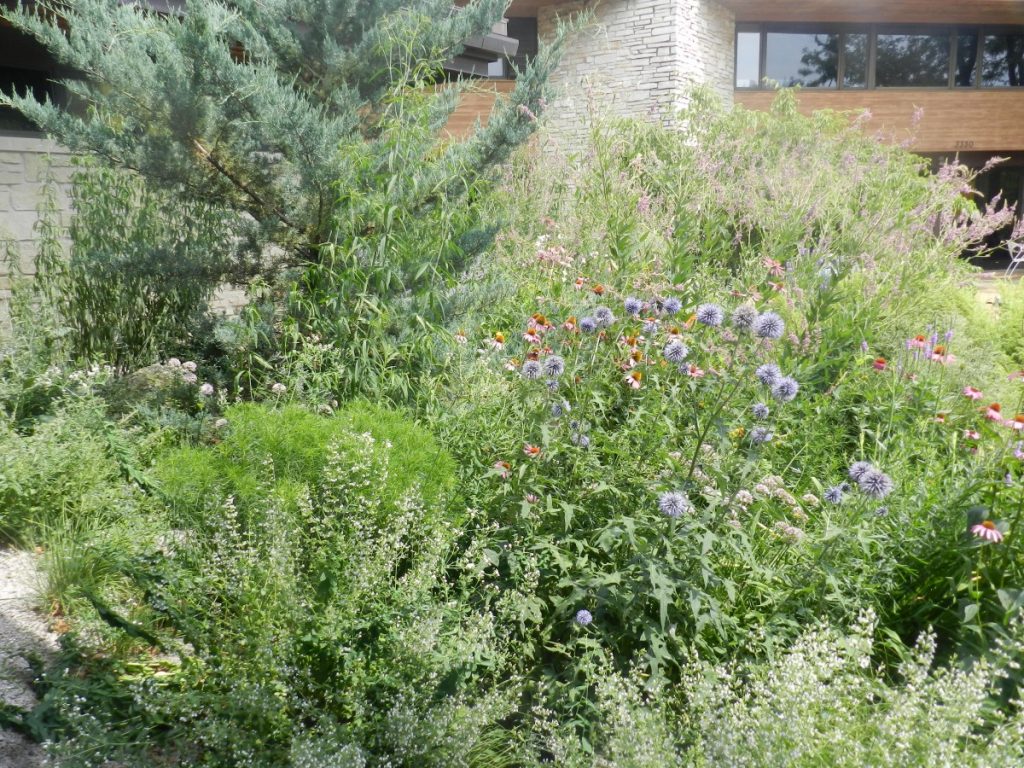
Most landscapers and landscape designers are familiar with Nepeta (Catmint) and its lavender-blue flowers but few know Calamintha. I probably wouldn’t either but in the past five to ten years, I have encountered in numerous plantings while on garden tours. I think that is why it was voted as the Perennial Plant of the Year for 2021.
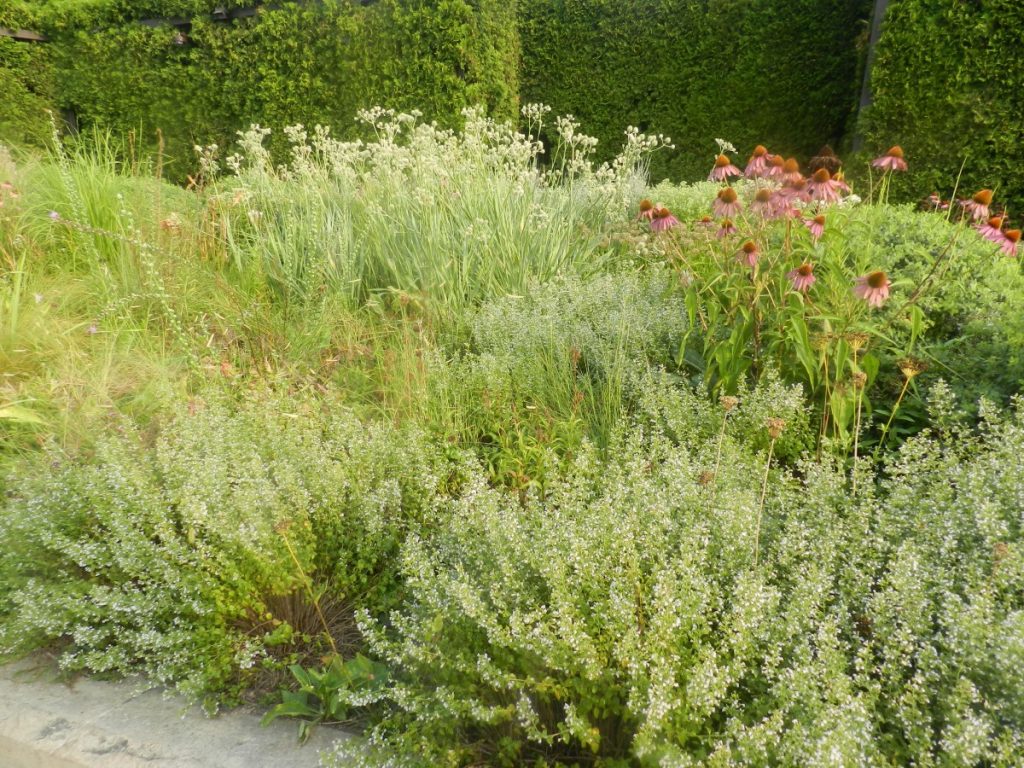
Like a cloud of confetti, tiny white flowers (sometimes touched with pale blue) appear from early summer to fall. Undemanding and dependable, Calamint provides the perfect foil for other summer bloomers and foliage. This full-sun perennial has a low mounding or bushy habit, ideal for the front of the border, rock gardens, and more. It also works well as a weaver with ornamental grasses.
While durable and pest-free, Calamint also is an important perennial for the ecologically oriented gardener. Bees and other pollinators visit the flowers throughout the summer and the aromatic foliage is deer and rabbit resistant.
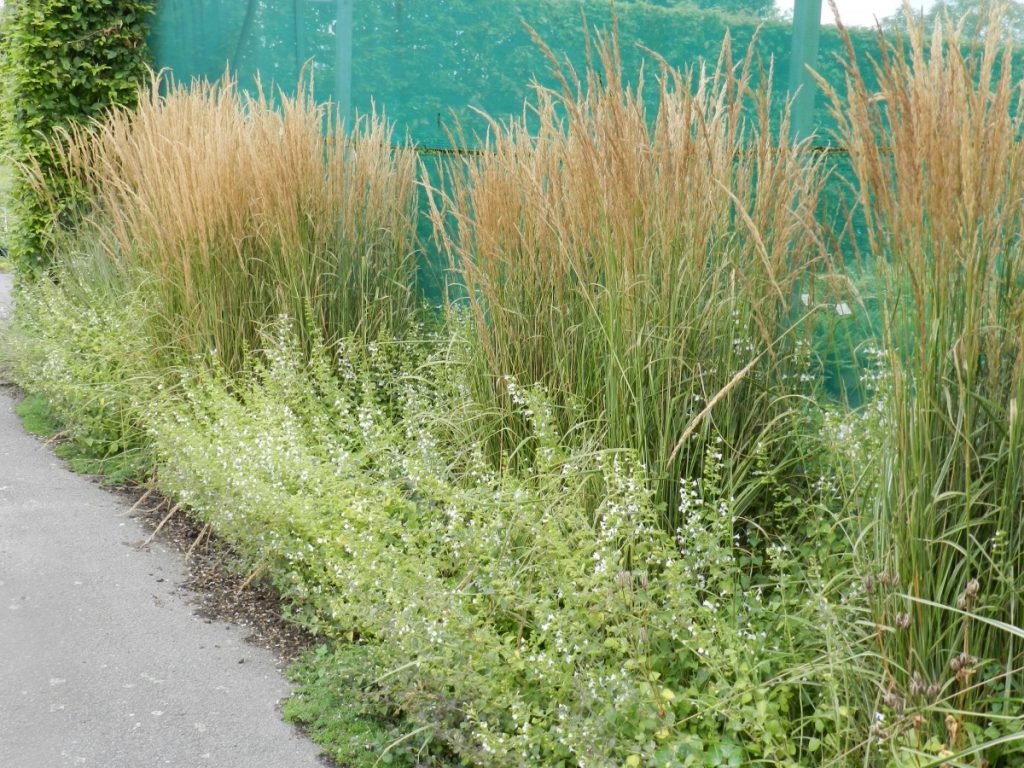
Calamintha nepeta subsp. nepeta is a favorite low-growing component in stylized meadows, matrix plantings, and other modern perennial designs. If so inclined, designers can create a lovely monochromatic garden with more time-tested perennials including past PPOYs such as Anemone xhybrida ‘Honorine Jobert’, Leucanthemum ‘Becky’, and Phlox paniculata ‘David’, or complement the white garden with steel blue ornamental grasses such as Panicum virgatum ‘Northwind’ (Switchgrass) or Schyzacharium scoparium (Little Bluestem).
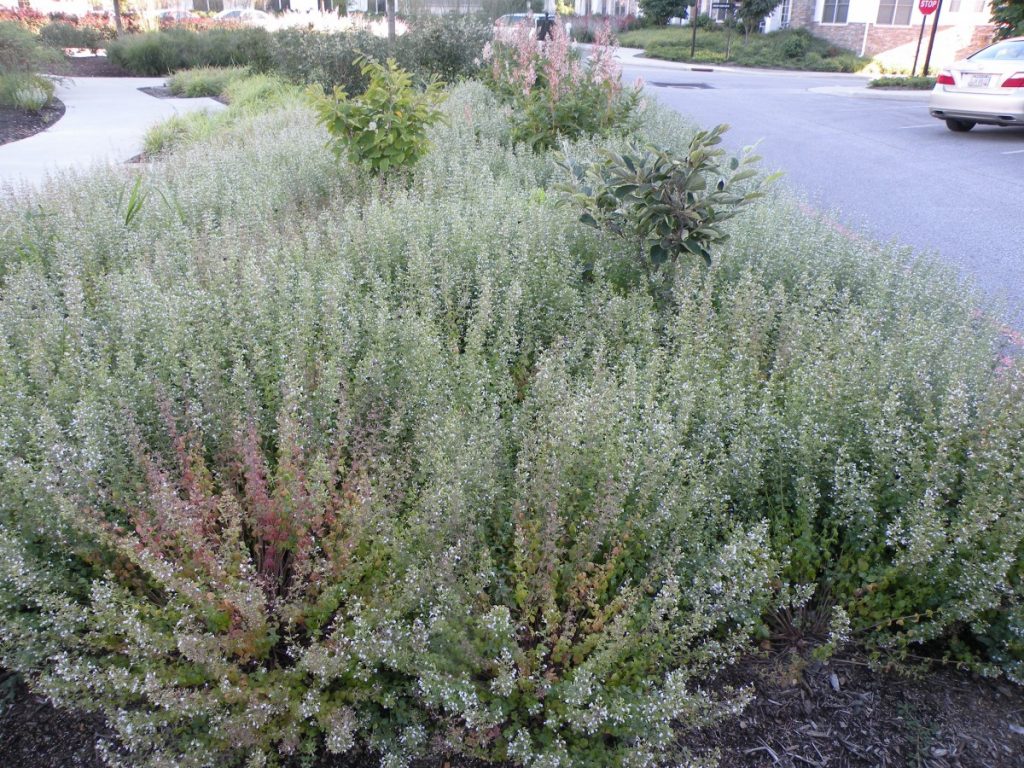
Hardy in zones 5 to 9, Calamintha requires full sun and good drainage. It is quite drought tolerant once established but I find that it also performs quite well in average garden soil and irrigation. At maturity, it will grow eighteen inches tall and wide. I frequently use it in low-maintenance designs. It also looks great when massed and could be sheared back lightly if desired to create a neater habit or refresh spent blooming stems but I rarely do so, loving its effervescent look.
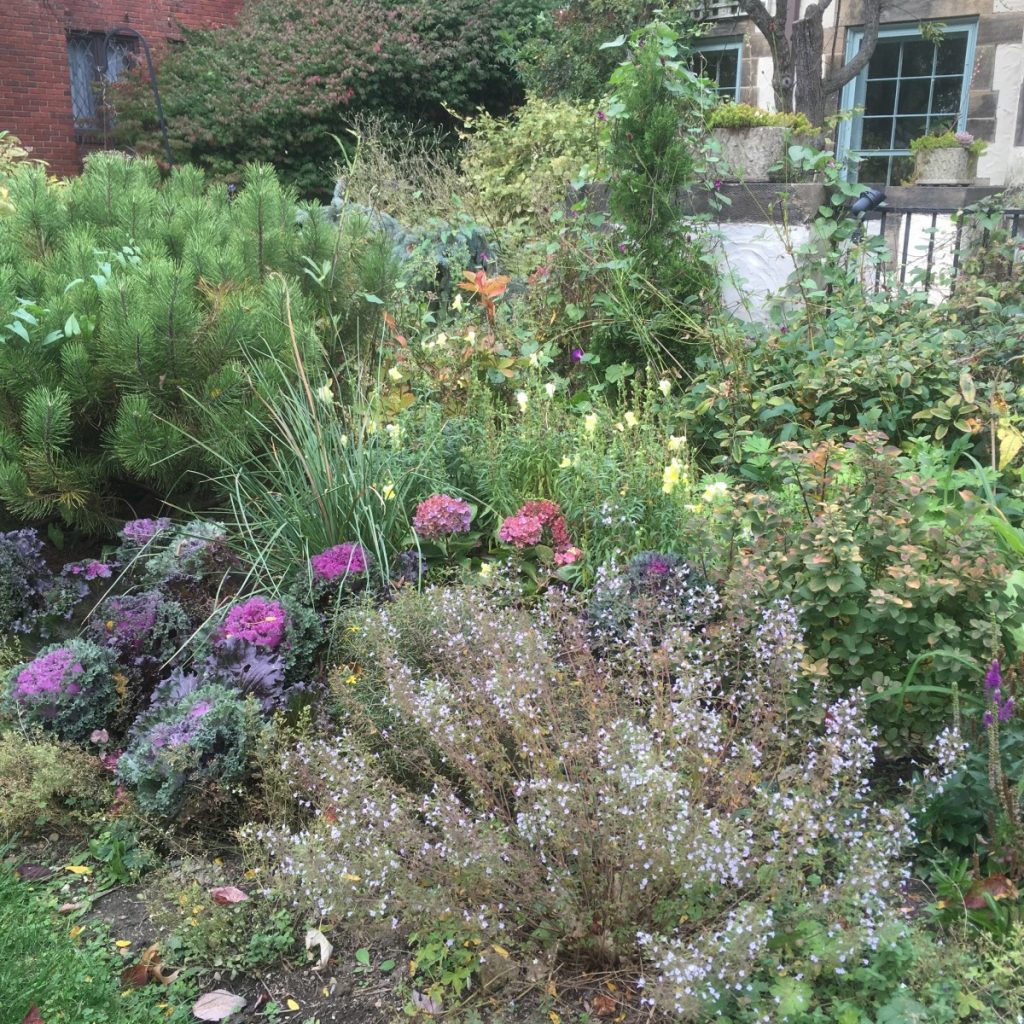
Many websites say that it blooms in late summer and fall but in my garden, it starts blooming in June and lasts well into October. I have several different cultivars and the species may be slightly different. ‘Montrose White’ is shorter and looser, more of a groundcover at the very front of my south-facing bed than ‘White Cloud’ which is bushier and a bit taller (tall is relative, eighteen inches as opposed to six inches).
Calamintha nepeta subsp. Nepeta is a perennial that you need to start using in your designs.


1 Comment